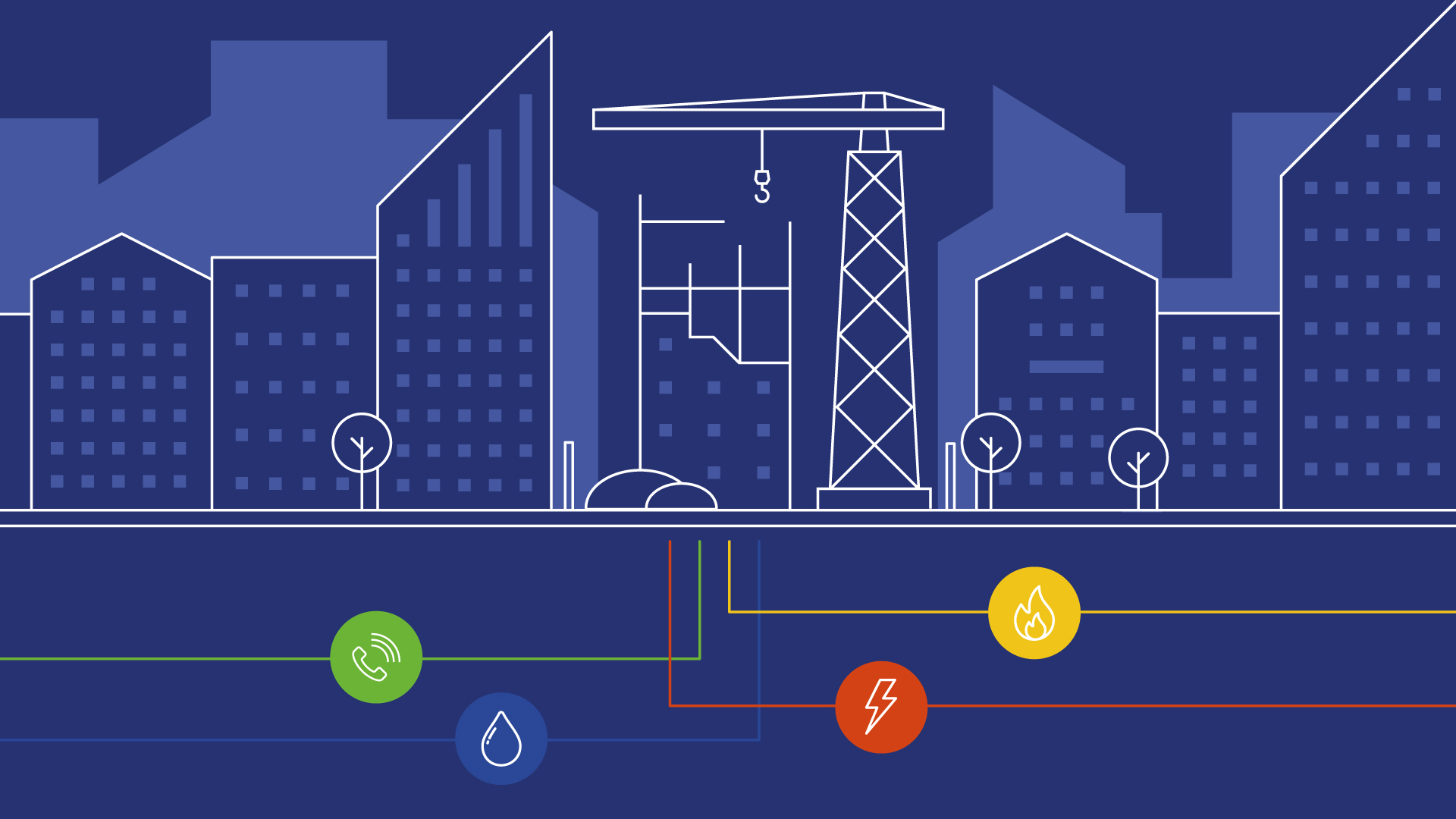There can be few people unaware of the current pressures on the economy because of the war in Ukraine, the falling value of the £, or the exponential rise in energy costs. This means it’s a good time to be able to share some positive news for anyone involved in the construction industry as you may benefit from a reduction in new electricity connections costs in the near future.
Most homes and businesses across the UK are connected to the electricity network via wires and cables owned and operated by electricity Distribution Network Operators (DNO’s). These companies in turn take connections from the transmission network owned and operated by National Grid. As part of the DNO license to operate they must provide a connection to anyone who applies and their charges for a connection must conform to a methodology approved by Ofgem, the industry regulator.
After an extended period of consultation, the methodology that electricity network operators follow for calculating connection charges will be changing from 1st April 2023. These changes are confirmed in an Ofgem publication titled Access and Forward-Looking Charges Significant Code Review.
There is a lot of jargon used in the announcements, but we will try to explain the impact of these changes in plain English.
The current arrangements
A continual source of frustration for developers is the obligation to pay to upgrade electricity networks to provide sufficient electricity capacity to serve their new developments. This network reinforcement is often described as upgrading substations or replacing cables. This causes real frustration when it becomes clear that the local network company is installing shiny new equipment, or replacing old cables, to allow connection of their development, at the developers cost!!
We know from experience that it doesn’t go down well when we find ourselves explaining to our clients that companies are simply applying the industry rules!!
We understand the frustration when many developers suggest that the network charges paid as part of all electricity bills appear to cover ‘upgrading’. This statement from the Ofgem website doesn’t help matters.
‘Network companies charge your supplier an Ofgem-regulated price for their use of the energy network. This money goes towards maintaining, running and upgrading the networks.’

So what will change?
The Significant Code Review process started in December 2018. Now completed it has been confirmed that the charging methodology will be changing for the next Regulatory Price Review period which commences April 1st 2023.
This graphic, published by Ofgem, summarises the new charging arrangements.
In announcing their decision Ofgem confirmed one of the objectives was to ‘Reduce the overall connection charge faced by those connecting to the distribution network’.
The main impact of the changes is that in the majority of cases, DNO’s will not charge the cost of network reinforcement as part of the connection quotes they issue. Under the new arrangements most reinforcement costs will be recovered through the network charges that form part of all electricity bills. This is good news for developers as it should mean a reduction in electricity connection charges in most cases.
Are there any exceptions?
Yes, to protect bill payers from having to fund exceptional reinforcement costs a high-cost cap (HCC) will be introduced for demand connections. An HCC already exists for generation connections. The new demand connection HCC has been set at £1,720/kVA, if the cost of distribution network reinforcement exceeds this threshold, then the applicant will be charged the over and above proportion of the reinforcement cost.
The second important point to be aware of is that the new reinforcement rules only apply to distribution network costs. There is no change with respect to transmission network reinforcement (the network owned and operated by National Grid). If reinforcement is required on the transmission network to provide capacity for a new connection, then these costs will still be included in a connection quote.
What are the transition arrangements?
The transition approach to be adopted may differ between DNO’s and have yet to be confirmed. They will certainly be looking to avoid an avalanche of applications on 1st April should everyone stockpile applications hoping to benefit from the potential cost reductions. The transition arrangements for each company are only just emerging. For example, UK Power Networks are encouraging applicants to continue applying as normal and have confirmed that they will present back quotes with both the current arrangement and future arrangement pricing options.
As the leading utility consultancy we are best placed to provide reliable independent advice on the options available to developers. Contact our team if you have questions about the changes due to take effect and the transition arrangements in your area.
Useful utility electricity connection jargon
- Distribution Network Operator (DNO) – a licenced electricity network operator limited to a defined geographic area.
- Demand Connection – a connection serving an electricity user. For example, a connection to a new manufacturing unit or a housing development.
- Generation Connection – a connection serving an electricity generator. For example, a connection to a solar park or new wind farm.

